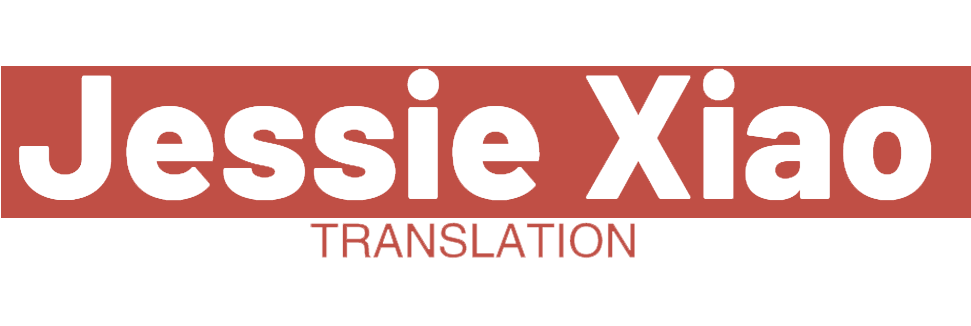E-learning is short for Electronic Learning, which means digital learning, electronic learning, and network learning. This is a brand-new way of learning that is not limited by time and geographical location, making it easier for learners to learn it anytime and anywhere, thus providing the possibility for lifelong learning.
E-learning is a learning method that usually uses videos with corresponding subtitles. Of course, there is also a text-only version. There are many companies on the market that specialize in E-learning, which regard E-learning as a product and sell it to people in need.
E-learning has a wide coverage, covering almost all industries, and is rich in content and diverse in form. The most common thing we see is online learning. The E-learning platform allows learners to purchase courses and log in to learn them through online courses. Some courses have time limits, for example, they must be completed within half a year, while some courses have no time limit and you can finish them whenever you want. After learners complete each lesson, a test is provided to test how much they learn. In addition, if there are too many courses that a year or more is needed to complete, learners can review their learning progresses at any time to better grasp the learning content.
What I talked about above belongs to static learning, and there is also dynamic learning. Dynamic learning means that a teacher is assigned to teach the course online, and learners log in and enter the teacher's classroom to learn it synchronously. The advantage of this kind of learning is that they can see each other and any questions that the learner has can be solved on time, which is conducive to interaction between the two parties and improves the learning efficiency. Of course, this method still provides review and testing functions.
In addition to the two aspects mentioned above, E-learning also has many powerful functions. As a full-time certified professional English-to-Chinese translator who has been engaged in translation for many years, I have also come into contact with many E-learning documents. These documents are in English and then translated into Chinese for use by Chinese speaking people. To be honest, almost all of these courses are higher than what I know about the current domestic level, and they are indeed worth learning.
Similarly, as an E-learning platform or a company that provides E-learning content, if you want to sell this course to more people, you need to translate this content. China is a huge market, and Chinese people love learning and making progress in their bones. Therefore, you can’t go wrong by launching these courses into the Chinese market.
In order to sell these courses to Chinese speaking people, the first thing is to translate the English version into Chinese so that they can know it and understand how good these courses are. At this time, it is necessary to seek a certified professional translator with experience in this field to complete the work. After all, the quality of the translation is directly related to the audience's understanding of the content, and to the customer's evaluation and satisfaction of the content.
Therefore, it is important to find a native Chinese speaker with certified English proficiency and years of translation experience. Once the translation is complete, you can seek more customers and earn more profits for your company.
